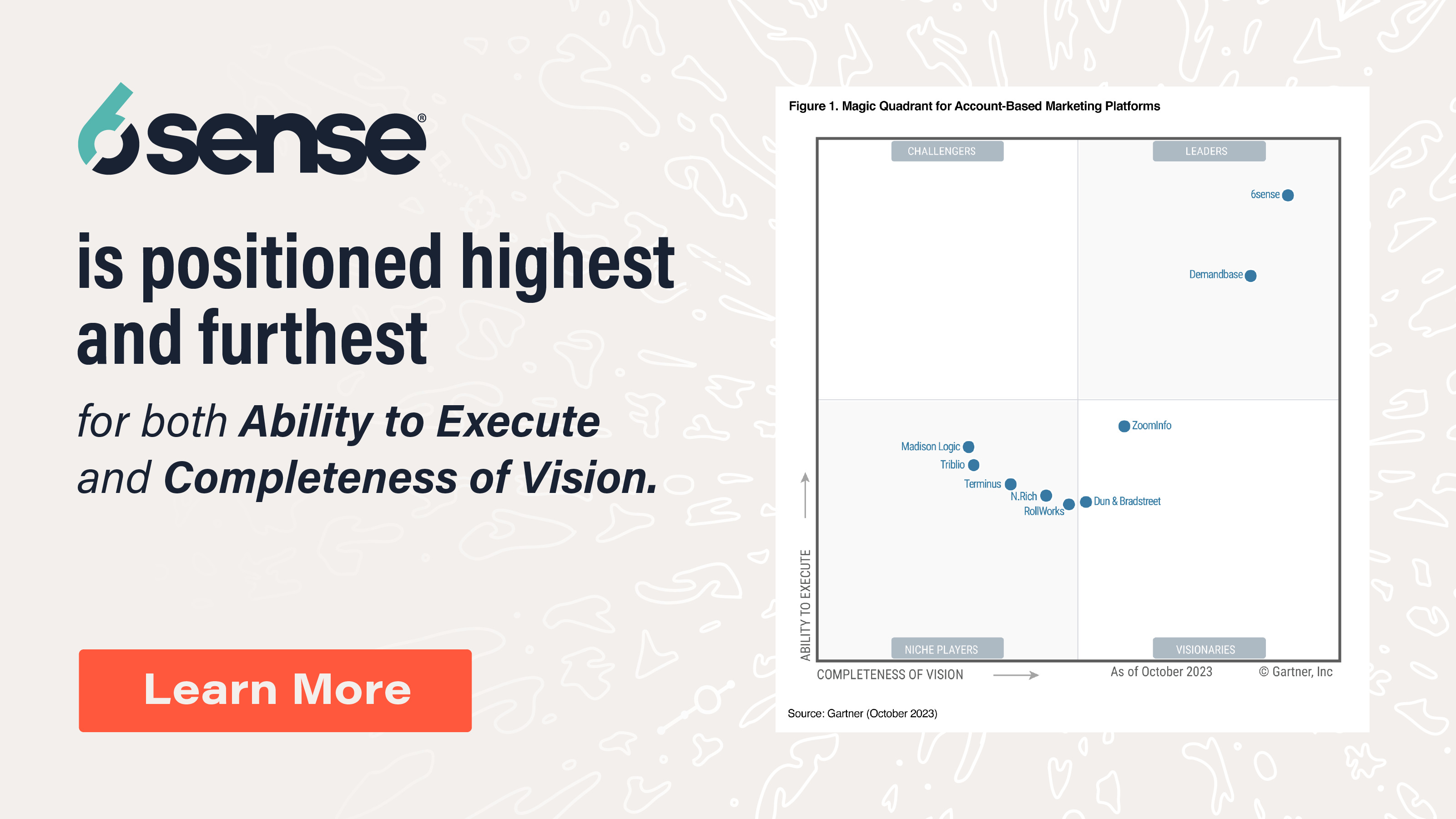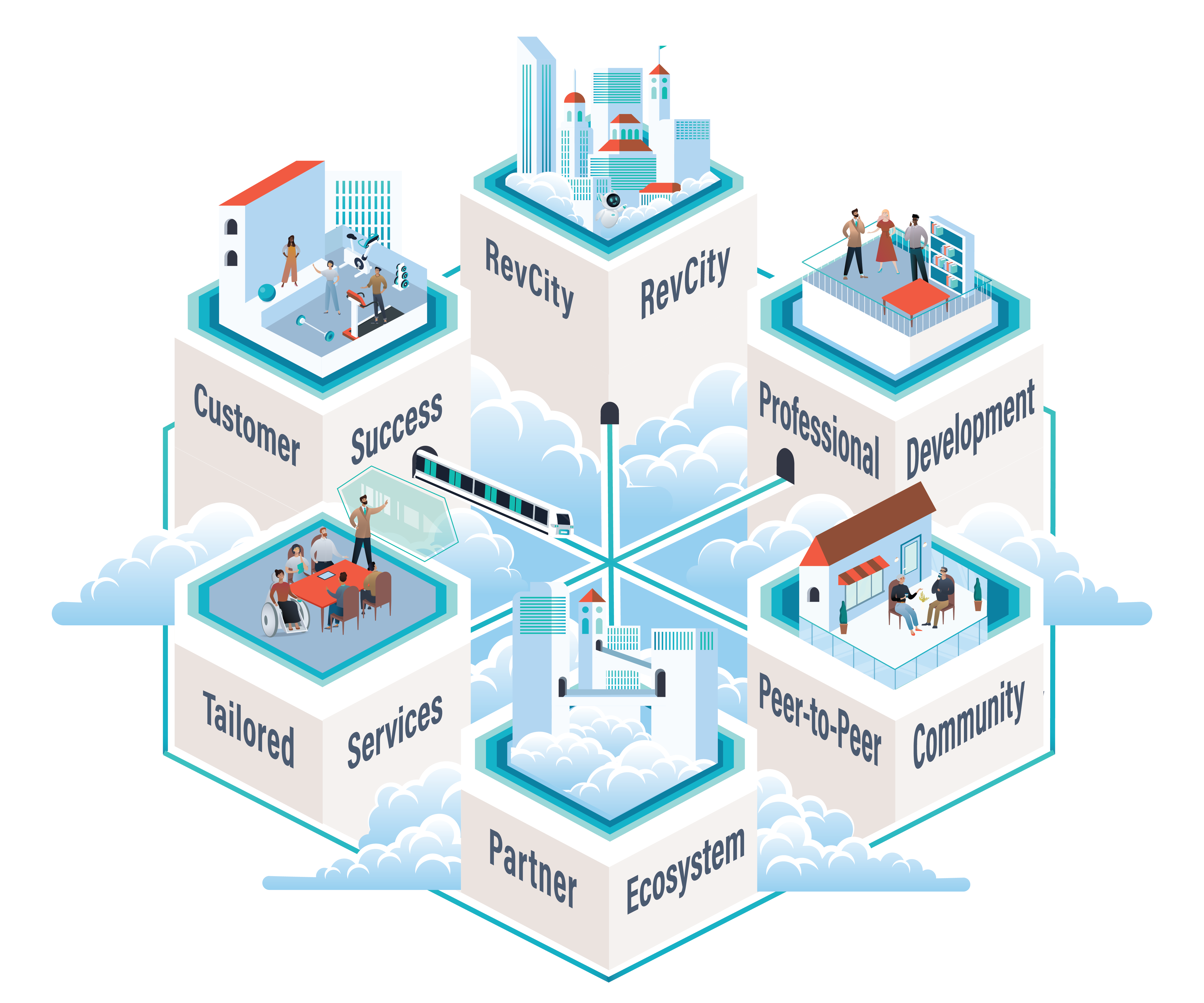The art of selling can be tricky to master, especially in the B2B space. But there’s no need to go it alone — there are plenty of amazing sales podcasts out there that can provide great insights.
1. How to Sell Using Pain
Victor Antonio’s Sales Influence podcast is a great resource, and in episode 343, he shows us how to sell using pain — that is, how to motivate and nudge buyers into thinking how they may be losing money and market share by failing to change.
It’s a concept known as loss aversion, which suggests that people will run away faster from pain than towards gain.
As a salesperson, it’s your job to highlight benefits the buyer is missing out on by focusing on pain points. This might include pointing out their low average deal sizes, shrinking market share, or longer sales cycles.
2. The Real Reason Behind the Invention of the CRM
Jon Ferrara, one of the fathers of the CRM industry, was a guest on episode 907 of Andy Paul’s Sales Enablement Podcast, and he provided some great insight into the world of CRMs.
It’s clear that many people don’t know what a CRM is or what it should be used for. Jon’s definition of a CRM is that it’s “a database where you put things in and get things out based on the fulfillment of a specific purpose.” In other words, it’s a tool that can help you manage the cycle of prospects and leads, turning them into customers.
Ferrara adds that most CRMs today are designed for management and reporting as opposed to engagement and contacts. As a result, CRMs aren’t really good at contact management and engagement. To do that, you need a sales intelligence and engagement tool.
3. The Importance of Your Email Signature
This episode of The Bill Caskey Podcast: High Impact Sales Training for Sellers and Leaders discussed the value of your email signature. It’s a great way to showcase your personality and let buyers know what to expect from you regarding communication.
Adding these two things will make better use of it:
Add a link to your calendar to nudge prospects into booking a meeting with you.
Add a link to a valuable resource about your product. This can be anything from a blog or podcast to a whitepaper or webinar. Make sure your resource has a compelling title and make sure the resource itself has your call-to-action within it. Also, keep updating this resource or creating new ones to stay relevant so you can continue getting those clicks.
4. Improving Your Sales Productivity According to Harvard’s Frank Cespedes
On the 350th episode of the Sales Game Changers podcast, Fred Diamond talks to Harvard’s Senior Lecturer Frank Cespedes about making sure your reps spend more time selling.
While the data Cespedes cites varies by industry and company, the aggregate amount of time the average salesperson spends in contact with customers and prospects — outreach, pitches/demos, either in person, on email, LinkedIn or other platforms accounts to 30% on average.
There’d be an exponential impact, he argues, if salespeople upped their selling time to 35%, 40% or even 45%.
5. A Clever Way to Make Your Emails More Effective
On this episode of John Barrows’ Make It Happen Mondays, he offers two tips to make your emails more effective:
One, leave a voicemail telling a prospect to look out for your email with a specific subject line. This is a clever workaround to the often unsuccessful act of leaving a voicemail telling prospects to call you back, which they tend to never do. So by prompting them to take an action, your chances of getting a response are much higher.
Two, reconsider relevance. If you can include something that’s extremely relatable like an article or a real life event and offer to have a conversation about it, then the reception of the email completely changes.
Conclusion
Podcasts provide great insights and outside perspectives, and can be an invaluable asset to any salesperson. Don’t be afraid to take the time to listen and learn — it could be the key to taking your sales game to the next level.






